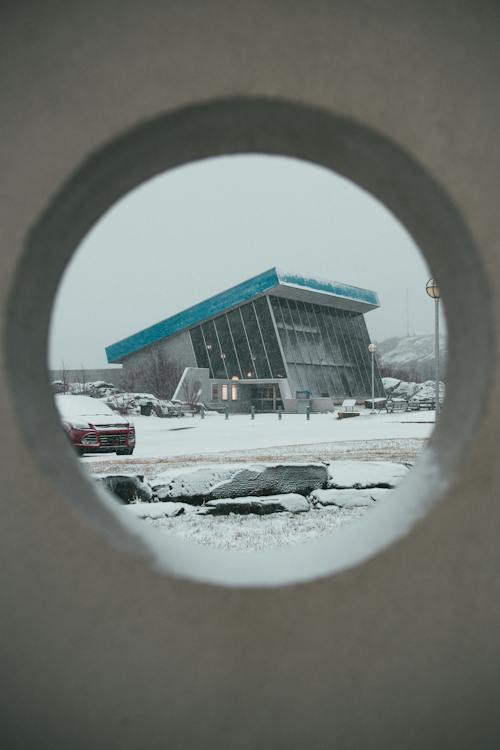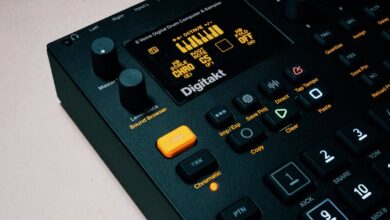geöe: The Ultimate Guide to Becoming a Pokemon Pro

geöe has become an integral part of our daily lives. In this comprehensive guide, we will delve deep into the intricacies of geöe, exploring its multifaceted nature and uncovering its myriad applications across various industries.
Understanding Geöe
Geöe, derived from the Greek word “geo” meaning earth, refers to the science and technology of acquiring, analyzing, and interpreting geographic information. At its core, geöe involves capturing spatial data about the Earth and transforming it into meaningful insights. This encompasses a wide range of disciplines, including geographic information systems (GIS), remote sensing, and geospatial analysis.
Geöe plays a pivotal role in numerous fields, including urban planning, environmental management, agriculture, and disaster response. By harnessing geospatial data, organizations can make informed decisions, optimize resource allocation, and address complex challenges facing society.
The Evolution of Geöe Technology
Over the years, geöe technology has undergone remarkable advancements, driven by innovation and technological breakthroughs. From the early days of paper maps to the advent of satellite imagery and global positioning systems (GPS), the evolution of geöe technology has transformed the way we perceive and navigate the world.
Today, cutting-edge technologies such as LiDAR (Light Detection and Ranging) and drones have revolutionized data collection, enabling high-resolution mapping and three-dimensional modeling with unprecedented accuracy and efficiency. These advancements have opened up new possibilities for applications ranging from urban planning and infrastructure development to environmental monitoring and natural resource management.
Geöe in Action: Real-World Applications
Geöe technology finds applications across a diverse array of industries, each harnessing its power in unique ways to drive innovation and solve complex problems.
Urban Planning and Development
In urban planning, geöe plays a crucial role in designing sustainable cities and optimizing infrastructure networks. By analyzing geospatial data on population demographics, land use, and transportation patterns, urban planners can make informed decisions to enhance livability, promote economic growth, and mitigate environmental risks.
Environmental Conservation
In the realm of environmental conservation, geöe is instrumental in monitoring ecosystems, tracking biodiversity, and combating deforestation and habitat loss. Satellite imagery and geospatial analysis enable scientists to monitor changes in land cover, identify conservation priorities, and assess the impact of human activities on fragile ecosystems.
Emergency Response and Disaster Management
During times of crisis, geöe technology proves invaluable for emergency response and disaster management efforts. By leveraging real-time data on weather patterns, population distribution, and infrastructure vulnerabilities, emergency responders can coordinate rescue operations, allocate resources effectively, and mitigate the impact of natural disasters.

Geöe: Empowering Decision-Making
At its core, geöe empowers decision-makers with the tools and insights needed to navigate an increasingly complex and interconnected world. Whether it’s optimizing supply chains, mitigating climate change, or responding to humanitarian crises, geöe serves as a powerful ally in addressing the challenges of the 21st century.
FAQs
- What is the significance of geöe in modern society?
- Geöe plays a crucial role in various aspects of modern society, from urban planning and environmental conservation to emergency response and disaster management. Its ability to provide actionable insights based on spatial data makes it indispensable for decision-makers across industries.
- How does geöe technology contribute to urban planning?
- Geöe technology enables urban planners to analyze spatial data on population demographics, land use, and transportation patterns, helping them make informed decisions to create sustainable and resilient cities.
- What are some examples of geöe applications in environmental conservation?
- Geöe technology is used to monitor ecosystems, track biodiversity, and assess the impact of human activities on the environment. Satellite imagery and geospatial analysis are invaluable tools for identifying conservation priorities and implementing effective conservation strategies.
- How does geöe aid in emergency response and disaster management?
- Geöe technology provides real-time data on weather patterns, population distribution, and infrastructure vulnerabilities, enabling emergency responders to coordinate rescue operations, allocate resources effectively, and mitigate the impact of natural disasters.
- What are the future prospects of geöe technology?
- The future of geöe technology holds immense potential, with ongoing advancements in areas such as artificial intelligence, machine learning, and Internet of Things (IoT) promising to further enhance its capabilities and expand its applications across various domains.
- How can individuals leverage geöe technology in their daily lives?
- Individuals can harness geöe technology through location-based services, navigation apps, and mapping platforms to enhance their daily activities, whether it’s finding the shortest route to their destination or discovering nearby points of interest.
Conclusion
geöe stands as a testament to the remarkable fusion of science, technology, and human ingenuity. Its ability to capture, analyze, and visualize spatial data has revolutionized how we perceive and interact with the world around us. As we continue to harness the power of geöe to address global challenges and unlock new opportunities, its impact on modern society is bound to grow ever more profound.



